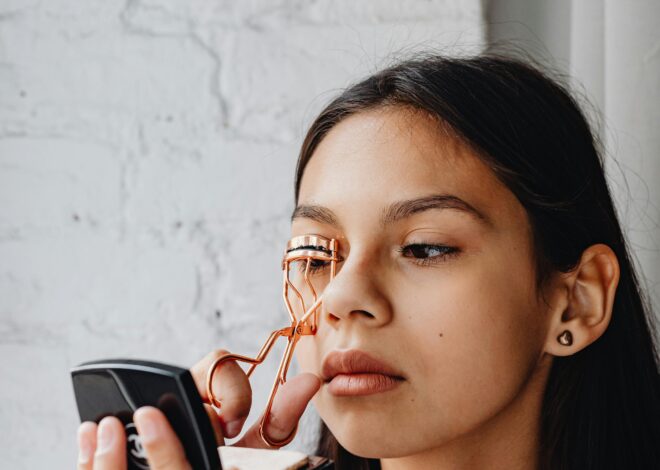Changing certain elements of your hairstyle takes time, including growing out an artificial color. Waiting for a hair color that no longer works for you to grow out takes patience and persistence. Appropriate nutrition and proper hair care during this time helps keep your locks healthy and avoids an obvious line of demarcation where your natural color meets the artificial one.
Step 1
Schedule appointments with your hairstylist for regular trims. Although cutting your hair won’t make it grow faster, it does gradually remove the brittle ends and the colored portions while your hair grows. Depending on the condition of your hair and your desired style, you may require trims every six to eight weeks. Discuss your hair goals with your stylist, asking her to remove only the tips or split ends during each trim.
Step 2
Apply a leave-in conditioner formulated to protect colored hair from the sun’s damaging rays. Treat your hair gently as it grows out. Avoid harsh chemical processes, such as permanent waves and chemical straighteners that may damage your hair and alter the color.
Step 3
Apply the same shade of semi-permanent hair color as the permanent color you are growing out. Semi-permanent hair colors gradually wash out of your hair, allowing your natural color to appear after four to six weeks. Apply this only to the new growth, avoiding contact with your permanently colored hair. Re-apply the semi-permanent color as soon as you notice a line of demarcation beginning to show between your old permanent color and the natural color growing in. Once your haircuts trim off all the permanently colored portions of hair, stop using the semi-permanent color, allowing it to wash out gradually, leaving only your natural color.
Step 4
Eat a healthy diet as your hair grows out. While genetics play a major role in determining the rate of hair growth, a good diet can provide all the nutrients necessary for optimum hair growth. Good Housekeeping recommends eating legumes, such as beans and lentils, which provide protein that may help promote hair growth.





